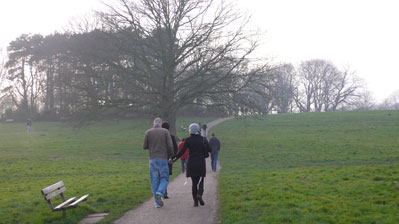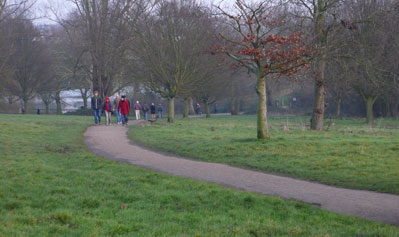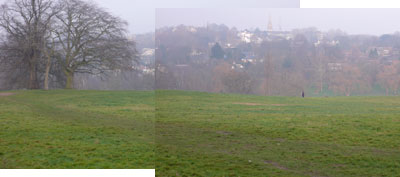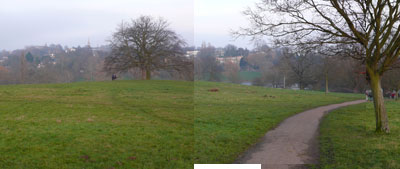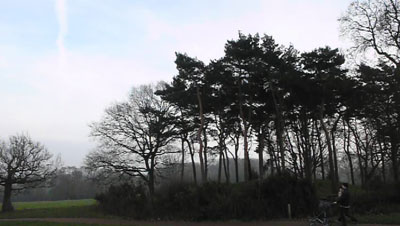I had to begin by thinking what his story is really about.
Paul is in a failed relationship. Claire cannot commit, is not really there.
Paul feels a sense of injustice/unfairness. What were the chances that he would end up with Claire instead of someone else, like...? Well, Sophie.
He decides Sophie is the one, and makes a play for her.
But it seems Sophie is with someone else.
Paul rails against the universe, the unfairness of it all.
Looking back over what I had in the previous versions of he script, the first and last elements were clear by the action of the story. But the middle? 'He decides Sophie is the one, and makes a play for her.' What I had didn't ring true for some reason, and I couldn't think why. This was a fundamental weakness.
I thought if Paul felt that chance was against him in how he ended up with Claire, then he needed to find a way to create a chance with Sophie. I did not mean the stuff of romantic comedy, the protagonist feigning some interest, or fabricating a position or history. This was about simple circumstance, putting himself in a position where he could encounter Sophie.
This suggested he needed to create a chance meeting, so I came up with the idea that one day he discovers where Sophie works, and that approximately the same time each day she goes through street x to street y. Paul needed to create his own path where he could meet her, going from street z to street y. Of course Sophie's time will vary, so to meet her Paul would need to repeat his movements. He needed to game the universe.
So I had the construct, but now I needed to think how I might represent this on film. I thought that we needed to see a good part of this place, so the camera needed to be at a distance. In some ways this position is a view of one part of the universe. Each throw of the die was to be seen from position, at the same time each day. How would we know it was the same time? At first I thought Paul might look at his watch, or come out of the a building somewhere according to a clock on the wall. All of this seemed crude, disconnected from the action. Ideally time would be a part of the scene, so we might see a clock on the corner of a pub, or an unknown actor making their way through this part of the universe at the same time each day. The man in the yellow jacket. The weather may change, but the man in the yellow jacket would go through the edge of the scene at the same time, Paul would go from street z to street y at the same time, and Sophie would go from street x to street y at a slight variation. In some throws Paul would be behind her, some throws ahead of her, but if he repeats it enough times one day he would run into her, and he does, except on this day she is with someone. Despite Paul's attempt to contain the game there are always too many variables.
This breaks him.
While I was away at Christmas I have managed to roughly outline the circumstances of this new version. I will give myself a week or so to finish, and then I can concentrate on the Claire section.























